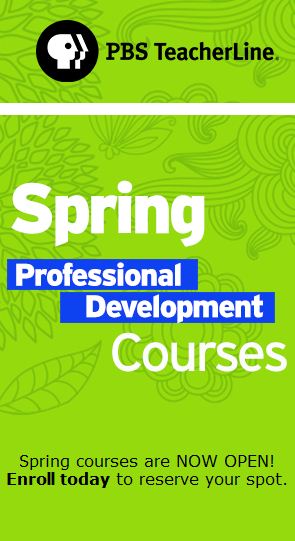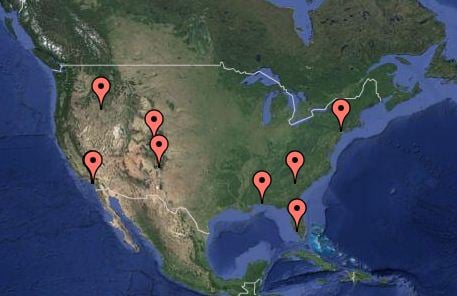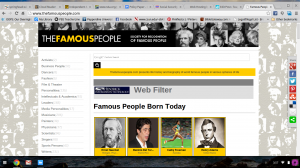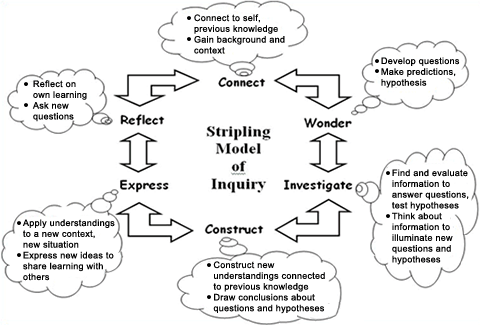 https://4oops.edublogs.org/?p=2966
https://4oops.edublogs.org/?p=2966
1. Introduction to our Study
Definition: Savery: “PBL is an instructional (and curricular) learner-centered approach that empowers learners to conduct research, integrate theory and practice, and apply knowledge and skills to develop a viable solution to a defined problem.” debriefing at the conclusion of the learning experience is key—pg 12
Torp and Sage (2002) PBL as focused, experiential learning organized around the investigation and resolution of messy, real-world problems.
(*) From Kim: Who has experience with Project-Based or Problem-Based Learning? Please share.
(*) From Helen: Where is PBL practiced in education? In business?
2. Literature Review & 3. Sources of Data
Buck Institute: http://bie.org
Problem-based Learning Institute: (PBL) http://www.pbli.org/
PBL Design and Invention Center: http://www.pblnet.org/
PBL Initiative: http://www.pbli.org/core.htm
3. Sources of Data:
Hmelo-Silver, C. E., & Barrows, H. S. (2008). Facilitating collaborative knowledge building. Cognition and instruction, 26(1), 48-94.
Hmelo-Silver, C. E. (2004). Problem-based learning: What and how do students learn? Educational Psychology Review, 16(3), 235-266.
Krajcik, J.S., & Blumenfeld, P. (2006). Project-Based Learning. In R.K. Sawyer (Ed.), The Cambridge handbook of the learning sciences (317-333). Cambridge: Cambridge University Press.
Savery, J. R. (2006). Overview of problem-based learning: Definitions and distinctions. Interdisciplinary Journal of Problem-based Learning, 1(1), 3.
From Judi: Cognitive tools to supplement Krajcik’s article.
Jonassen, D. H. (1995). Computers as cognitive tools: Learning with technology, not from technology. Journal of Computing in Higher Education, 6(2), 40-73.
Kim, B., & Reeves, T. C. (2007). Reframing research on learning with technology: in search of the meaning of cognitive tools. Instructional Science, 35(3), 207-256
4. Key Findings:
From Research:
-Savery: The tutor as the metacognitive coach for the learners. Pg 15
Stacey’s Question: “Savery says that problem based learning must be “the pedagogical base of the curriculum and not part of a didactic curriculum” (p.15). Why would it have to all or none to be effective?”
-Krajcik/Blumenfeld: “Learning technologies can support students”
(1) in accessing and collecting a range of scientific data and information;
(2) by providing visualization and data analysis tools similar to those used by scientists;
(3) by allowing for collaboration and sharing of information across sites;
(4) by planning, building, and testing models; and
(5) by developing multimedia documents that illustrate student understanding”
Stacey’s question: Are there certain curricular areas in which one of the PBL’s would be preferred over the other in terms of effectiveness? When might educators want to disregard their use?
-Bond and Feletti (1997, p. 5) described several possible sources for the confusion:
· Confusing PBL as an approach to curriculum design with the teaching of problem-solving
Stacey’s question: How are PBL & PBL similar and dissimilar in providing for student learning in context (in contrast with the traditional disintegrated model schools have used forever)?
· Adoption of a PBL proposal without sufficient commitment of staff at all levels,
· Lack of research and development on the nature and type of problems to be used, Insufficient investment in the design, preparation and ongoing renewal of learning resources,
· Inappropriate assessment methods which do not match the learning outcomes sought in problem-based programs, and
· Evaluation strategies which do not focus on the key learning issues and which are implemented and acted upon far too late.
-Note especially Figure 1 in Hmelo-Silver
From Practice:
-“the Students Will…” Engaging task and hook
-Embedded curriculum
-Authentic and matching workplace, even for elementary scenarios
-Question Wait Time is essential both for students (asking students questions) and teachers (receiving students’ questions)
-Jamie McKenzie’s Questioning Toolkit: http://www.fno.org/nov97/toolkit.html
-Martha Steward approach
-Corporate Sponsors
5a. Conclusions of the Author: {us!}
1.) Helen: Key issue in implementation is professional development and the key issue in professional development is the teacher or supervisor’s comfort with
-ambiguity–Are you comfortable with ambiguity? How are you handling your trust issues?
-leader’s ability/willingness to share control
2) Group dynamics: Maureen’s question from the forums: What group dynamics would be necessary to create a successful problem/project based learning? I wrote a post on this, none of the articles talked about it and think that if the group does not trust each other and feels safe, then you will not have active participation.
5b. Further Research: or in our case for further discussion
Helen: Find Boud and Feletti (1997) Boud, D., & Feletti, G. (1997). The challenge of problem-based learning (2nd ed.). London: Kogan Page.
And…
And…
And…












